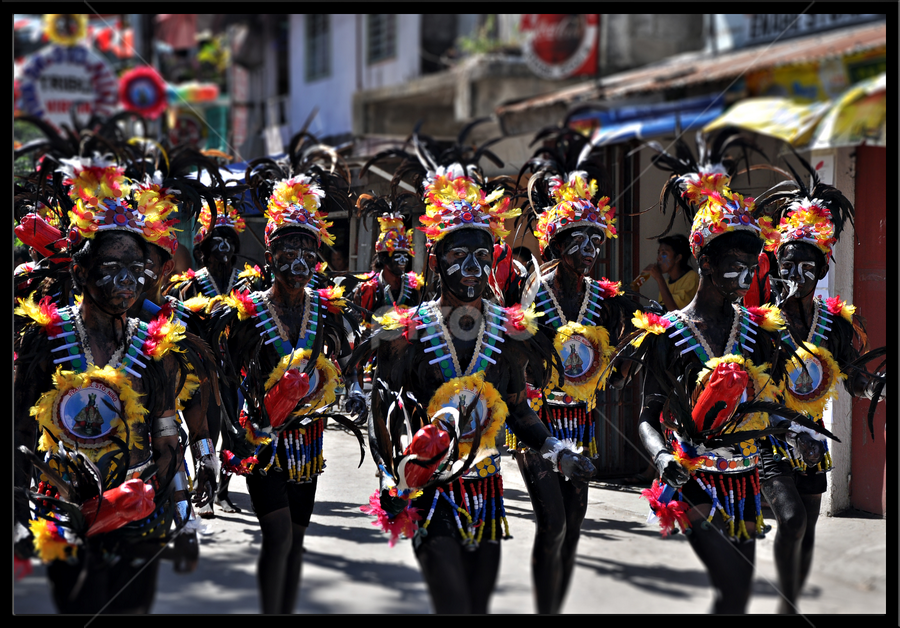The festival pays homage to the Santo Niño, or the Child Jesus, and devotees carry images of this religious icon as they dance through the streets.
The fusion of cultural and religious elements makes Ati-Atihan a truly unique experience. It serves as a reminder that despite our diverse beliefs and practices, we can come together to celebrate unity and respect for one another.
In recent years, efforts have been made to make Ati-Atihan more sustainable by promoting eco-friendly practices during the festival. This includes using biodegradable materials for costumes and decorations while minimizing waste generation.
As we celebrate unity and diversity at Ati-Atihan Festival, let us also reflect on how we can apply these principles in our daily lives. By embracing different cultures with open hearts and minds, we can foster understanding, tolerance, and appreciation for one another’s uniqueness.
So if you ever find yourself in Kalibo during January, don’t miss out on experiencing the vibrant energy of Ati-Atihan Festival.
ImmerseAti-Atihan Festival: Captivating Performances and Parades
The Ati-Atihan Festival is one of the most vibrant and captivating festivals in the Philippines. Held annually in January, this week-long celebration takes place in Kalibo, Aklan, attracting thousands of locals and tourists from all over the world. Known for its lively street performances and colorful parades, the festival showcases the rich cultural heritage of the Aklanon people.
The origins of Ati-Atihan can be traced back to pre-colonial times when Malay settlers arrived on Panay Island. Legend has it that these settlers traded with a group of dark-skinned natives known as “ati.” To show their friendship and gratitude towards them, the Malays painted their faces black using soot from burned coconut husks.
This tradition eventually evolved into what we now know as Ati-Atihan.
One of the highlights of this festival is undoubtedly its street ati atihan festival performances or “sadsad.” Participants dress up in traditional Visayan attire adorned with intricate accessories made from indigenous materials such as shells, feathers, and beads. They paint their faces with black soot or wear masks resembling ancient warriors to pay homage to their ancestors.
As they dance through the streets accompanied by rhythmic drumbeats and traditional music played on bamboo instruments like drums called “tambol,” participants create an electrifying atmosphere that captivates everyone who witnesses it. The energy is infectious as performers sway gracefully to every beat while chanting “Hala Bira!” which means “Let’s go! Fight!”
Another highlight is the grand parade where different groups compete against each other for various categories such as best costume design, choreography, musicality, and overall performance.




